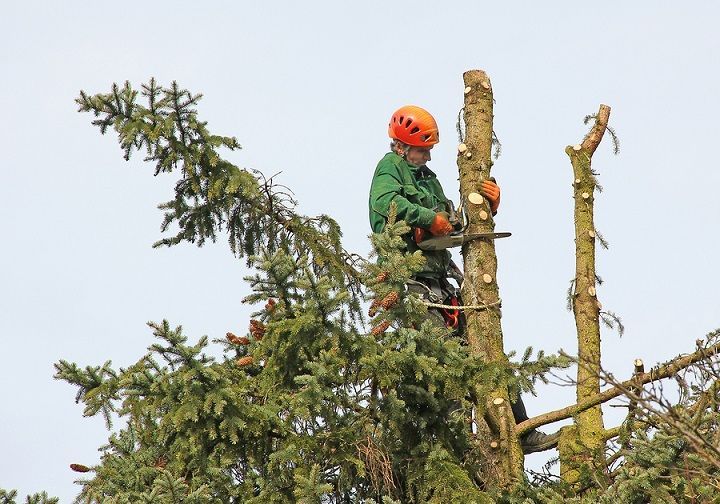Why You Should Plant Your Content on Your Home Turf

This weekend, my family is moving. It’s kind of bittersweet because my wife, Kelly, and I got married two weeks after we bought the 70-year-old house we’re selling. And one week before water poured through the kitchen ceiling from the upstairs bathroom.
Good times.
I remember bringing our first daughter, Caitlin, home from the hospital almost six years ago and having no idea what to do next. By the time our second daughter, Cassidy, was born three years later, we were old pros, so we just wanted to get the hell out of the hospital and sleep in our own bed.
At that point, my luxurious home office on the second floor was converted into Caitlin’s new purple bedroom. After working from a subterranean bunker for three years, I’m looking forward to having an office with a view.
Last weekend, as I gazed out the window of my palatial new workspace, I noticed that on each side of my property, there’s a tree right on the property line. Which begs the question…
Who owns the trees?
Fortunately, I’ve met the neighbors on both sides. Extremely friendly. Even if there was an issue, I’m sure it could be resolved over a bottle of wine or an icy bucket of brews.
But what if they were a—holes?
Would they hack off the branches on their side of the property? Would they throw hissy fits about who was responsible for pruning, pulling weeds, and cutting grass? Would they dare decorate my side of the tree with holiday lights that blink?
I can deal with a few weeds. Lights that blink? Don’t even.
Of course, if I decided to move into my new house and plant a tree in my neighbor’s yard, you would call me an idiot. And rightfully so.
That’s why I shake my head when business owners and marketers publish content on Facebook and LinkedIn, or post videos on YouTube, while ignoring their home turf.
I’m not talking about a funny meme or a photo with an inspirational quote. I’m talking about a blog post or article. 500 words, 1,000 words, 2,000 words, whatever. Something that requires effort and investment.
Great content will show up in my news feed, but there’s no trace of that content when I go to the company website.
It’s one thing to republish or repost. It’s quite another to skip your home turf completely. Or to decide you don’t need a website or blog because you have access to all of these “free” platforms.
You came up with the topic. You researched it. You wrote the content. You’ve built a following of connections and followers who read your content. You did all these things or paid people to do it for you.
Why let another person or platform benefit from your hard work? Why let someone else control how your content is used? Why let them get the search-related benefits?
Suppose your platform du jour goes belly up. Suppose they decide to charge users a monthly fee. Suppose they decide to charge users a fee to keep their content accessible. Suppose they start running ads that cover up your content and annoy your readers. This is the kind of stuff that can happen when you don’t own the platform or the content.
Before you laugh, a lot of company’s went gangbusters on Google+, banking on the search benefits while assuming a platform with Google in the name could only succeed. But Google+ can’t gain any traction. Each facelift reminds me of the new Jan Brady more than anything else.
By all means, use social media to promote your content. By all means, republish and repost when it makes sense. Get your content in front of as many eyes as possible. But make sure all of your marketing content has roots in your home turf.
The only exception is when you’re invited to guest post and required to provide unique content. In that case, if you want the exposure, you have to play by their rules. I’ve accepted those offers when it was worth it and declined when it wasn’t.
Otherwise, don’t plant trees in your neighbor’s yard. Stick with your home turf.
Own it. Control it. Reap the rewards.

